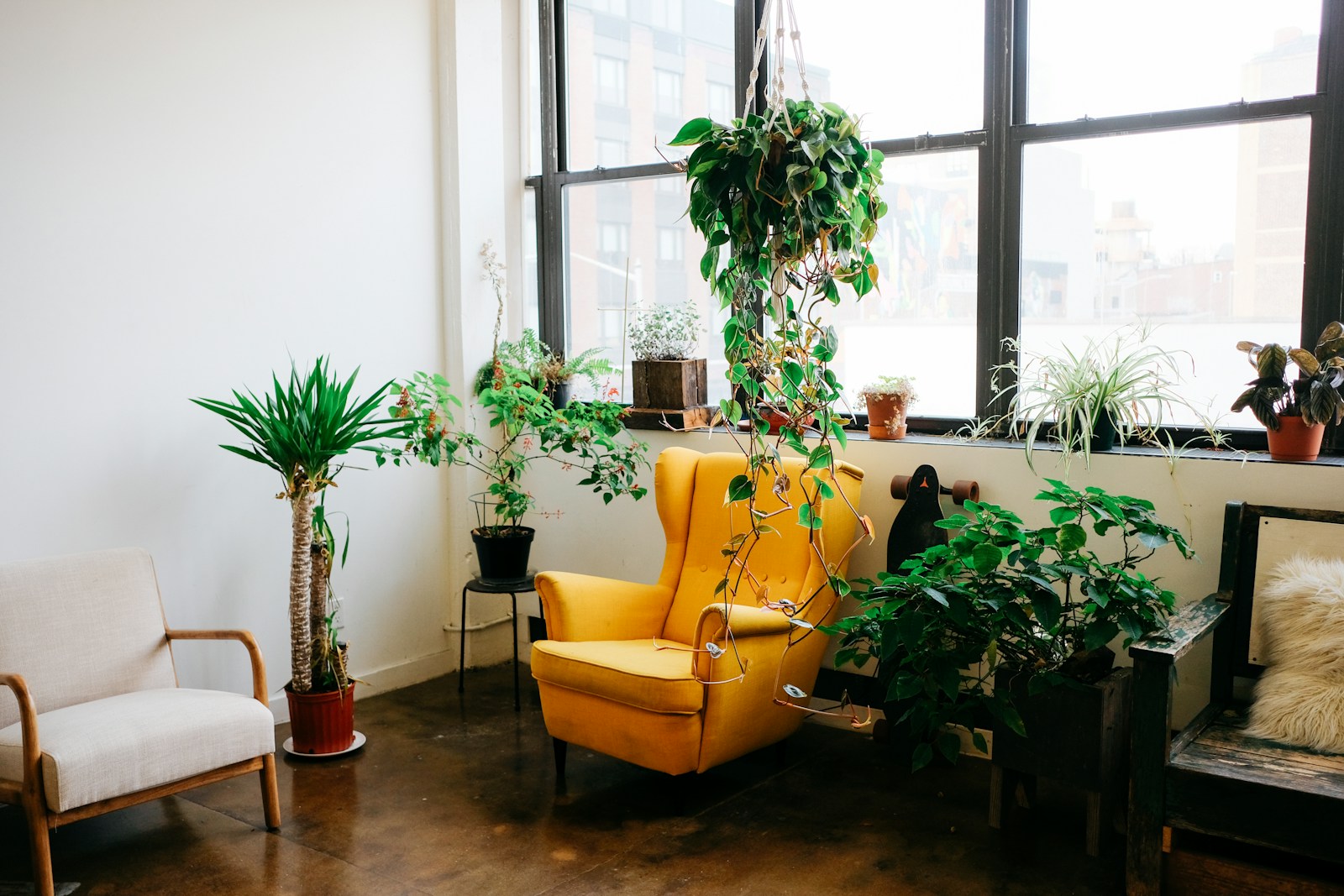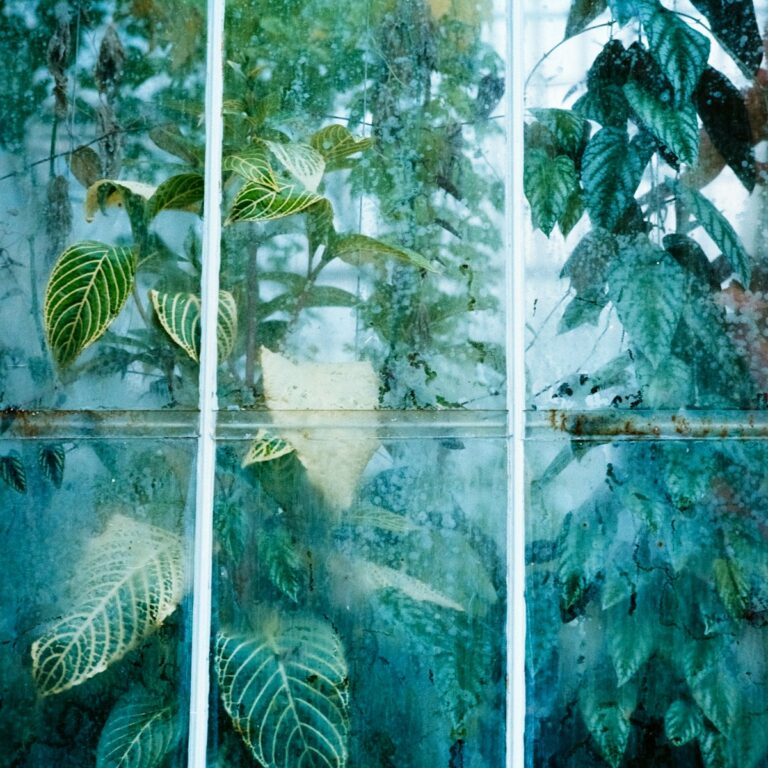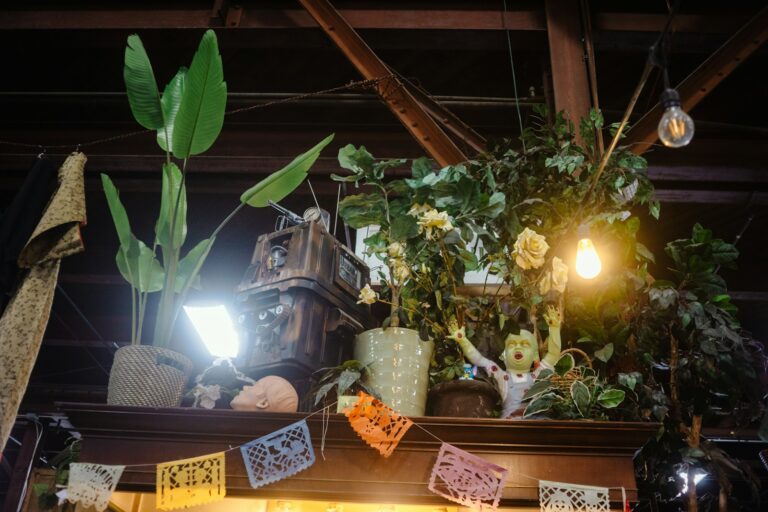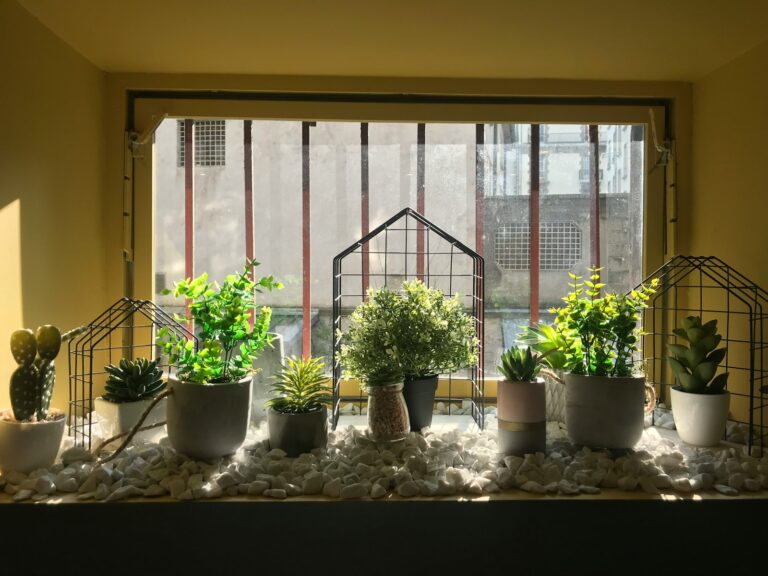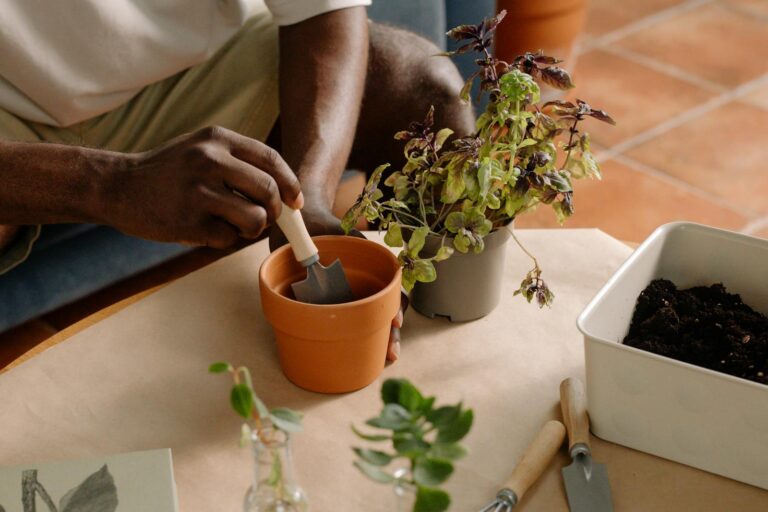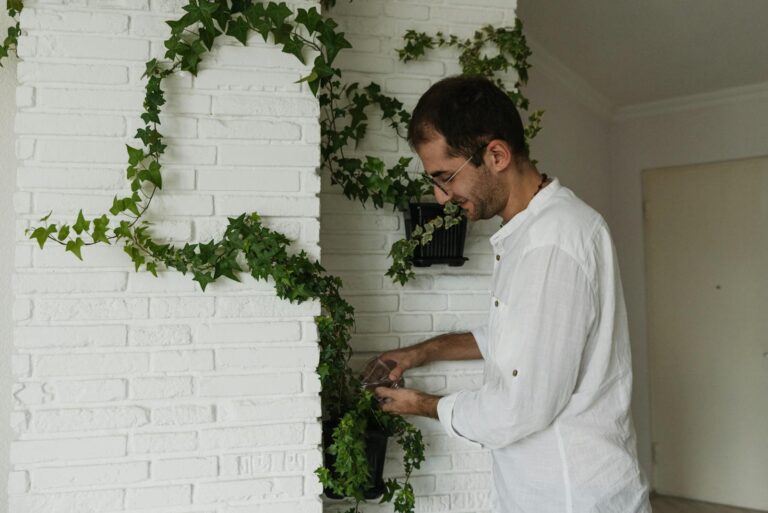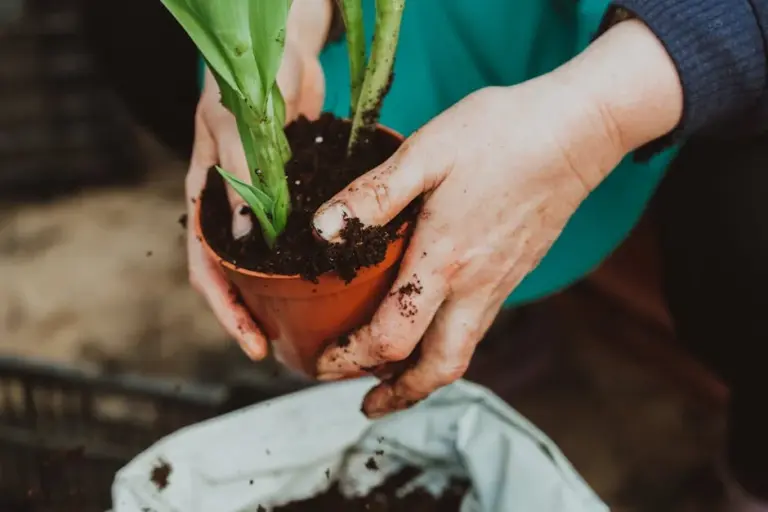Simple Tricks to Keep Indoor Plants From Drying Out in Winter
If you love having indoor plants, you know how tricky winter can be. The air inside gets dry from heaters, and those cozy rooms can actually make it tough for your plants to stay healthy.
Many people don’t realize that plants need extra care when it gets cold outside. Without a little help, you might notice your favorite greens starting to look sad or lose their leaves.
A few easy changes can help your indoor plants stay green and happy all winter long. With just a bit of attention, you can keep your plants thriving, even when the air feels dry.
Use a humidifier near your plants to maintain moisture
A humidifier near your plants can keep the air moist, which is especially helpful in winter. Dry indoor heat can pull moisture from the leaves and soil.
Place the humidifier close enough so your plants benefit, but not so close that it soaks their leaves. This keeps the environment comfortable for your plants to grow.
Tropical plants especially love extra humidity. You might notice fewer brown tips and healthier leaves with a humidifier running nearby.
If you don’t have a humidifier, grouping plants or using pebble trays can help too. But a humidifier gives you more control over the air’s moisture.
Place plants on pebble trays filled with water for gentle humidity

A pebble tray is a simple way to add moisture around your plants. Fill a shallow tray with pebbles, add water just below the tops, and set your pots on top.
As the water evaporates, it gently raises humidity near your plants. This is especially helpful in the winter when the air is extra dry.
Pebble trays are great for ferns or peace lilies that crave more humidity. Just make sure the pots don’t sit directly in the water to avoid root rot.
Check the water level often and refill as needed. This trick is easy and budget-friendly.
Group plants together to create a mini humid microclimate
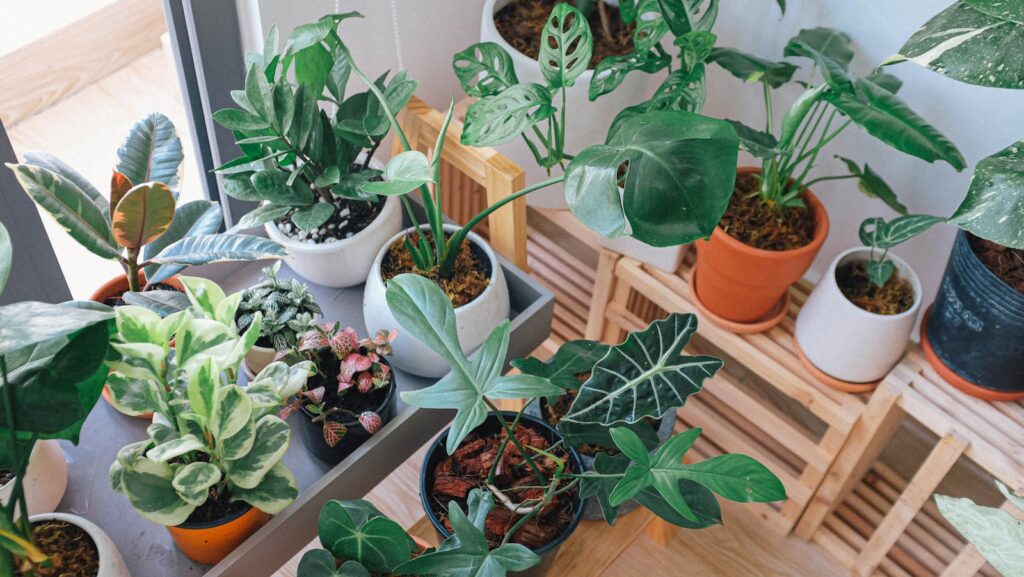
When you cluster your plants, they share moisture through transpiration. The water evaporating from their leaves builds up around them.
This creates a small, humid zone that helps keep leaves from drying out. It’s especially useful in winter when the air inside is dry.
No need for fancy tools—just arrange several pots together in one spot. The more plants, the better the humidity.
This method works well for plants like ferns or calatheas that enjoy higher humidity. You can also combine this with pebble trays for an extra boost.
Avoid placing plants near heating vents or radiators
Keep your plants away from heating vents or radiators. The dry heat can quickly dry out soil and scorch leaves.
Even plants that like warmth can suffer if they’re too close to a heat source. Try to find a spot that’s away from direct blasts of hot air.
If you can’t avoid having them near a heater, move them around so no side gets too much heat. Placing a dish of water nearby can add a bit of moisture to the air.
Protecting your plants from too much heat is key in winter.
Mist plant leaves lightly in the morning to boost humidity

A gentle mist in the morning can give your plants a quick humidity boost. This is when their leaves are most ready to absorb moisture.
Use a spray bottle to create a fine mist, but don’t soak the leaves. Too much water can lead to mold or fungus.
Misting early in the day lets the leaves dry out before night. This helps prevent leaf diseases and keeps your plants looking fresh.
If your home feels extra dry, misting can really help your plants get through winter.
Adjust watering frequency to prevent soil from drying out
During winter, most indoor plants need less water. Growth slows down when it’s cooler, so soil stays moist longer.
Check the soil with your finger about an inch deep. Water only when it feels dry.
Don’t stick to a strict watering schedule. Let your plant’s needs and the soil’s moisture guide you.
The type of plant, pot size, and room humidity all affect how fast soil dries out. Adjust as needed to keep your plants healthy.
Switch to room temperature water to avoid shocking roots
Always use room temperature water for your indoor plants in winter. Cold water can shock the roots and slow down growth.
Let your water sit out for a bit before using it. This helps it reach a comfortable temperature for your plant’s roots.
Room temperature water is easier for roots to absorb. It keeps your plants happy and stress-free.
Rotate plants regularly for even light exposure in shorter days

Shorter winter days mean less light from one direction. This can make plants lean or grow unevenly.
Rotate your plants every week so all sides get some light. This helps them grow straight and keeps leaves looking full.
Even if you use grow lights, rotation helps spread light more evenly. It’s a simple habit that supports healthy growth.
Use well-draining soil to keep roots healthy yet moist
Well-draining soil lets extra water escape, so roots don’t sit in soggy soil. This prevents root rot and helps your plants absorb just the right amount of moisture.
Look for soil mixes with perlite or coconut coir to improve drainage. Make sure your pots have drainage holes too.
Adjust your soil mix if you notice water pooling or roots looking unhealthy. Healthy soil is key for happy plants all winter.
Increase natural light by moving plants closer to windows
Winter means less sunlight indoors. Moving your plants closer to windows helps them soak up as much natural light as possible.
Don’t place them right against cold glass, though. Cold drafts can damage leaves and roots.
If your windows don’t get much sun, use mirrors or other reflective surfaces to bounce light toward your plants. Even a small change can help in darker rooms.
Watch your plants for signs they need more light, like pale or droopy leaves. Adjust their spots to help them thrive.
Understanding Why Indoor Plants Dry Out in Winter
Winter changes the air and light inside your home. These shifts can affect how much water your plants lose and how well they stay hydrated.
It’s important to notice how winter air dries your plants and watch for signs they need more care.
How Winter Affects Indoor Plant Moisture
Cold weather brings less sunlight and shorter days. Plants grow slower and need less water than in summer.
Indoor air gets very dry from heaters, which pulls moisture from leaves. While soil dries more slowly, the air still dries out plant surfaces.
Grouping plants or using a humidifier can help. Keep plants away from heat vents and cold drafts for the best results.
Common Signs of Drying in Houseplants
Look for brown or crispy leaf edges, yellow spots, or curling leaves. These are signs your plants are drying out.
Some plants might drop leaves if they lose too much moisture. Slow growth or wilted leaves also mean your plant needs more water or humidity.
If you see these signs, check your watering habits and the humidity around your plants. Small changes can make a big difference.

